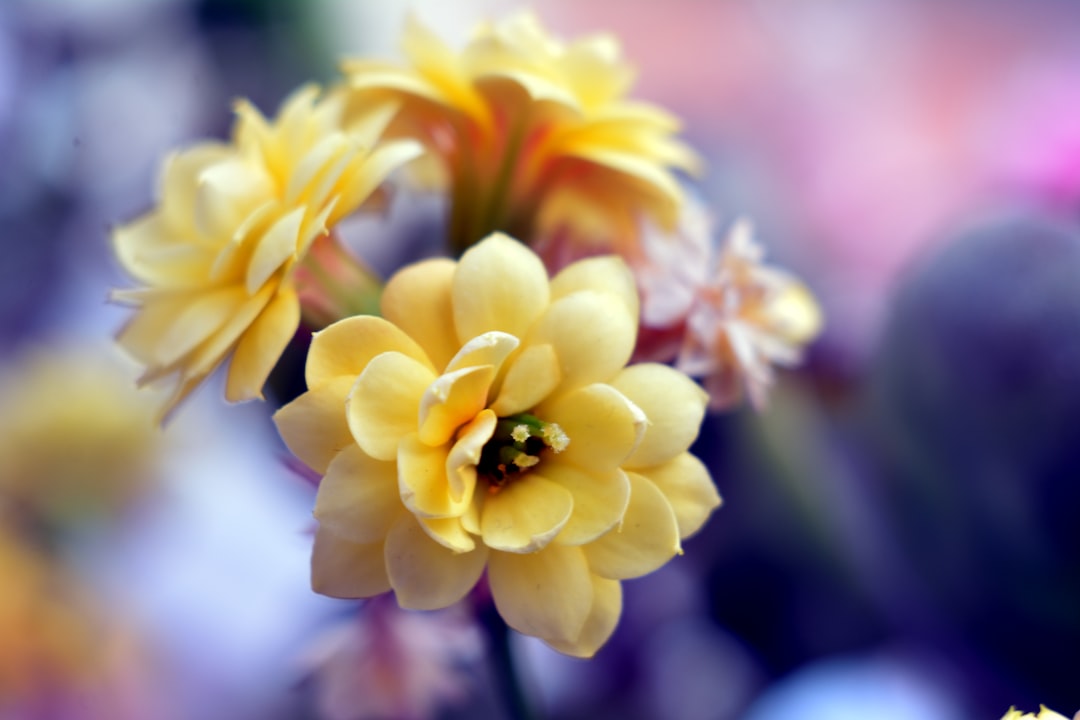Transform Your Space with Window Box Magic

Container gardening has long been a beloved way to bring the beauty of nature into smaller spaces, and window boxes are a particularly charming and versatile option. In this guide, we'll explore everything you need to know about planting window boxes, from choosing the right plants to essential planting tips that will ensure your window boxes thrive.
First, let's talk about the benefits of window boxes. They not only add a splash of color and life to your home's exterior but also provide an opportunity to grow herbs, flowers, or even small vegetables right outside your window. This can be especially rewarding for those who live in apartments or have limited yard space. Additionally, window boxes can act as a natural air purifier, filtering out pollutants and improving the air quality around your home.
When it comes to choosing the right plants for your window boxes, there are several factors to consider. One of the most important is the amount of sunlight your window receives. Most plants fall into one of three categories: full sun, partial sun, or shade. Full - sun plants require at least six hours of direct sunlight per day, while partial - sun plants need about three to six hours. Shade plants, on the other hand, thrive in areas with less than three hours of direct sunlight.
For full - sun window boxes, some great plant options include petunias, geraniums, and marigolds. Petunias come in a wide variety of colors and are known for their long - blooming period. Geraniums are also very hardy and produce vibrant, showy flowers. Marigolds, with their bright orange and yellow hues, are not only beautiful but also help to repel pests.
If your window gets partial sun, consider impatiens, begonias, or coleus. Impatiens are known for their profuse blooming and come in a range of colors. Begonias have attractive foliage and delicate flowers, making them a great choice for adding texture and color. Coleus, with its colorful and patterned leaves, can add a unique and eye - catching element to your window box.
For shade - loving window boxes, ferns, hostas, and caladiums are excellent options. Ferns have a lush, green appearance and add a touch of elegance. Hostas are known for their large, textured leaves, and caladiums have colorful, heart - shaped leaves that can brighten up any shady spot.
Once you've chosen your plants, it's time to think about the container itself. Window boxes come in a variety of materials, including wood, plastic, and metal. Wood is a popular choice as it has a natural, rustic look, but it may require more maintenance to prevent rot. Plastic is lightweight and affordable, and it comes in a variety of colors. Metal window boxes are durable and can add a modern touch to your home's exterior.
When planting your window box, start by adding a layer of gravel or broken pottery at the bottom to ensure proper drainage. Then, fill the box with a high - quality potting mix. Make sure to leave enough space between the plants to allow for growth. Gently remove the plants from their containers and loosen the roots before placing them in the soil. Firm the soil around the plants and water thoroughly.
Proper watering is essential for the health of your window box plants. In general, window boxes need to be watered more frequently than plants in the ground, as the soil in containers dries out more quickly. Check the soil regularly by sticking your finger about an inch into the soil. If it feels dry, it's time to water. However, be careful not to over - water, as this can lead to root rot.
Fertilizing your window box plants is also important to keep them healthy and blooming. Use a slow - release fertilizer at the time of planting, and then supplement with a liquid fertilizer every few weeks during the growing season. This will provide the plants with the nutrients they need to thrive.
Finally, don't forget to deadhead your plants regularly. Deadheading, or removing the spent flowers, encourages the plant to produce more blooms. This will keep your window box looking fresh and colorful throughout the growing season.
In conclusion, planting window boxes is a fun and rewarding way to enhance the beauty of your home. By choosing the right plants, container, and following these essential planting tips, you can create a stunning window box that will be the envy of your neighbors. So, go ahead and get started on your window box gardening adventure today!